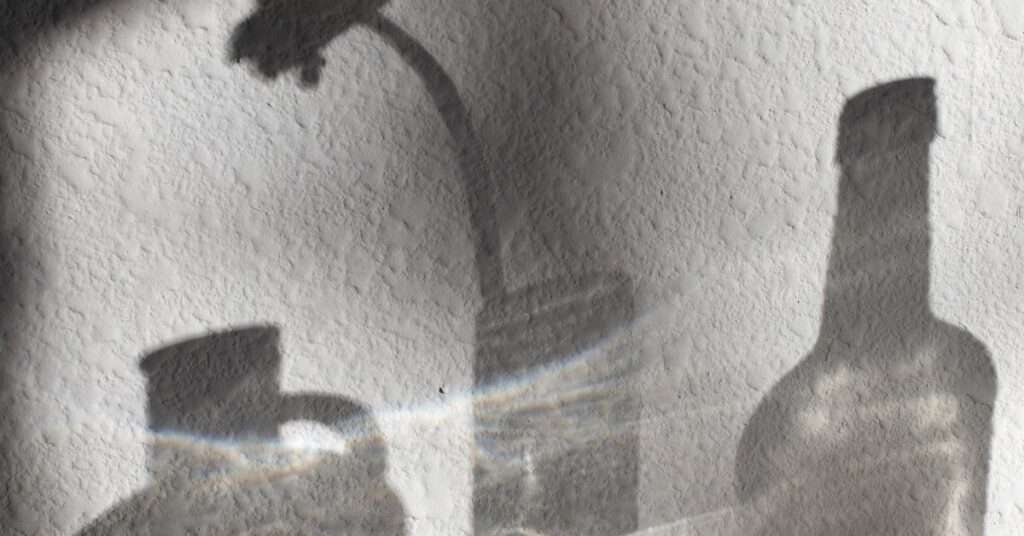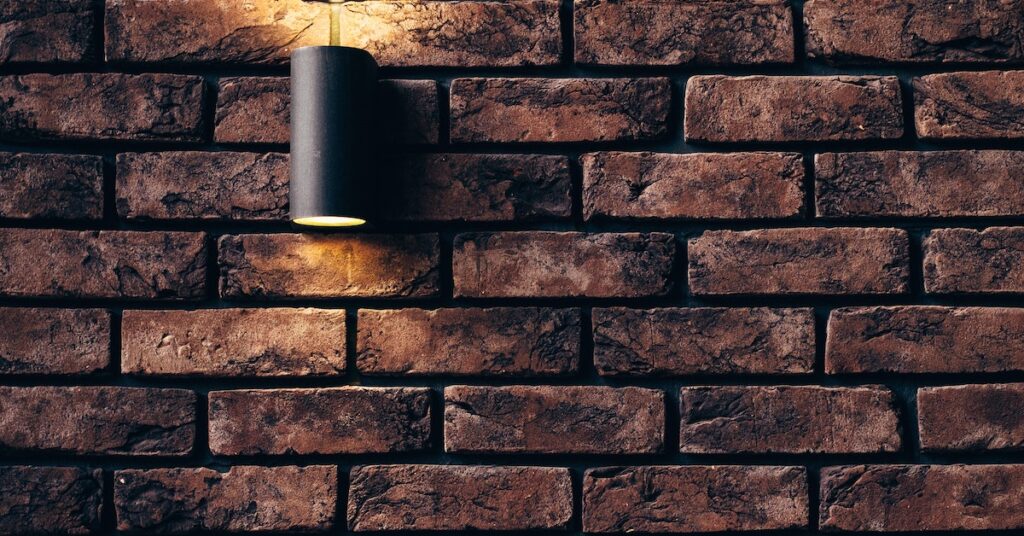A sketch artist can make a variety of salaries, depending on where they work. Forensic sketch artists, for example, interview witnesses and create semi-realistic drawings of suspects. They work in police stations and often have a bachelor’s degree. A bonus is also part of their overall compensation package, so they can expect to receive higher amounts of money than a non-forensic artist.
Forensic sketch artists interview witnesses to create a semi-realistic drawing of a suspect
The art of forensic sketching is highly subjective, and relies heavily on the witness. The artist must relate to the witness and interpret their statements to produce a drawing that accurately depicts the suspect. However, the artist must also be aware of the flaws in witness testimony. For instance, a witness’s memory is notoriously unreliable. This leads to sketch creations that don’t accurately portray the perpetrator.
Although the use of forensic sketch artists has declined in recent years, they are still used in cases where technology is not available. Sketch artists help detectives get a better look at a suspect, and sketches can generate new leads on suspect identity. Another type of sketch, known as a composite sketch, relies on eyewitnesses’ memories and the victims’ descriptions to create an image of the suspect. As a result, composite sketches produce mixed results, as they rely on memory of traumatic events.
As a freelance artist, it’s important to network with law enforcement agencies and legal professionals. Moreover, you should practice your craft as much as possible. Attend workshops, lectures, and professional development opportunities to update your skills.
There are various training options available for aspiring forensic sketch artists. You can pursue an associate degree in forensic art or a bachelor’s degree in forensic sketch art. There are also courses that can help you hone specific forensic sketch artist techniques. The courses are usually taught by experienced professionals.
Many forensic sketch artists also become sculptors and produce composites for the public. They can also create composites for a variety of purposes, including identification of a suspect in a crime. To do this, forensic sketch artists interview witnesses to produce a semi-realistic drawing of identifying a suspect.
Forensic sketch artists are invaluable resources to law enforcement. They create composite sketches of suspects from witness descriptions. These sketches help law enforcement link a suspect to a crime. The sketches aren’t portraits, but are meant to be representative of a suspect’s features.
They draw from multiple eyewitness descriptions
One of the most difficult aspects of creating a sketch is interviewing eyewitnesses. The sketch artist must be able to gather information about each individual to create an accurate sketch. This is half of the job, and if the sketch artist is unable to interview eyewitnesses, they will be unable to produce a good sketch.
This work requires a high degree of skill and attention to detail. A sketch artist must be able to extract information from eyewitness descriptions and create a realistic portrait of the suspect. Eyewitnesses are often willing to describe the perpetrator to the best of their ability. But, in order to make an accurate sketch, the artist must sketch the details in order to form a complete picture of the person.
Another problem with eyewitness memories is that they cannot always be trusted. The brain is not a video recorder and can play tricks with its memory. It can amplify some details and erase others. To avoid this problem, forensic artists must conduct sensitive, yet thorough interviews with witnesses.
Sketching from multiple eyewitness descriptions is difficult and often involves relying heavily on a witness. The artist must relate to the witness, interview him, and interpret the details from his description. The difficulty is further compounded when the witness’s memory is poor and their sketch is not representative of the perpetrator.
They work in a police station
The job of a sketch artist in a police station requires great drawing skills, as well as computer skills. Many of these artists work with specialized computer programs, and must also be proficient with drawing tablets and other similar tools. The job requires the use of a variety of styles and techniques, from traditional to modern.
Training for this job is often available through local or state police departments. For example, the New York Police Department (NYPD) has a seventy-five-thousand-square-foot facility that provides both didactic and hands-on training to future law enforcement professionals. Depending on the agency, many sketch artists also pursue additional training to learn specific forensic art techniques. These courses are usually taught by experienced professionals.
In addition to sketching suspects, police sketch artists also assist law enforcement agencies in identifying missing people or skeletal remains. Sketch artists also work with detectives, coroners, and anthropologists to reconstruct facial features from skeletal remains. They work alongside forensic scientists, police officers, and investigators to ensure that the public receives accurate evidence and justice.
Aspiring sketch artists should consider pursuing coursework in the cognitive and behavioral sciences. In order to obtain accurate details of crimes and events, sketch artists must be sensitive to the psychology of victims and witnesses. This skill is necessary in order to produce the best results. Additionally, sketch artists must know how to interview victims and witnesses.
While technology has made the work of police sketch artists less important, their services are still valuable in cases without any photographic evidence. Sketch artists can capture unique details from the interview and help investigators develop tips that lead to the arrest of a criminal. They must be able to sketch the suspect quickly and accurately.
In a crime scene, the victim may not remember the identity of a suspect, so a sketch artist must reconstruct the victim’s face with the help of other evidence. Often, victims will only remember the perpetrator’s face after a murder. The brain needs to encode and consolidate similar faces in order to recognize them. This requires retracing neural pathways.
They have a bachelor’s degree
If you have a passion for art, you can become a sketch artist. There are many ways to earn a living as a sketch artist. You can work freelance or obtain a degree to get hired by a company. The salary of a sketch artist depends on how much experience and education they have. Some companies and clients prefer to hire sketch artists with degrees.
Forensic sketch artists typically have a bachelor’s degree in criminal justice, art, or computer sciences. Many of these artists are freelancers who help law enforcement with their sketching needs. It is also important to keep your grades high so you can get accepted into a reputable program.
Those who wish to work as forensic artists may have an associate’s degree in art, but many employers also require a bachelor’s degree. The degree can help you advance your career and land the positions you want. To be a forensic artist, you should emphasize your artistic talents and computer skills.
Although the outlook for forensic artistry is uncertain, it is expected to grow by just 1% over the next decade. However, the demand for sketch artists is expected to grow significantly in some areas, like the criminal justice field. It is worth noting that most sketch artists are self-employed, so the demand for such professionals may be higher than what is predicted by the BLS occupational profile.
If you are considering becoming a sketch artist, you may want to take continuing education courses or attend a local art school to improve your skills and techniques. Similarly, you can find fascinating online tutorials on YouTube that can teach you how to draw more complex objects or learn the basics of light and perspective. You can also join local art associations and clubs to learn more about drawing and painting. Learning new techniques is like exercising a muscle: the more you practice, the better you’ll become.








